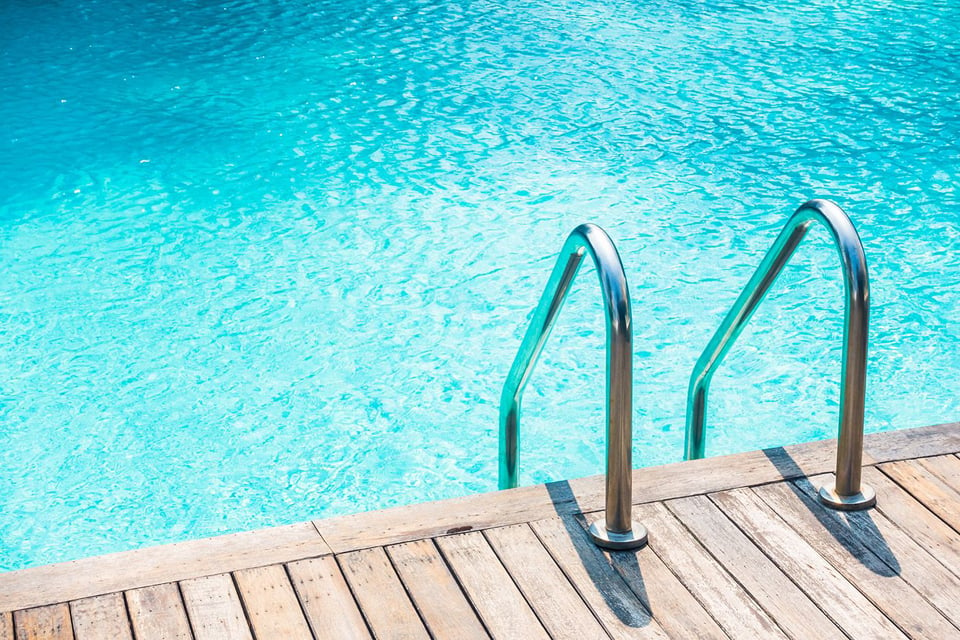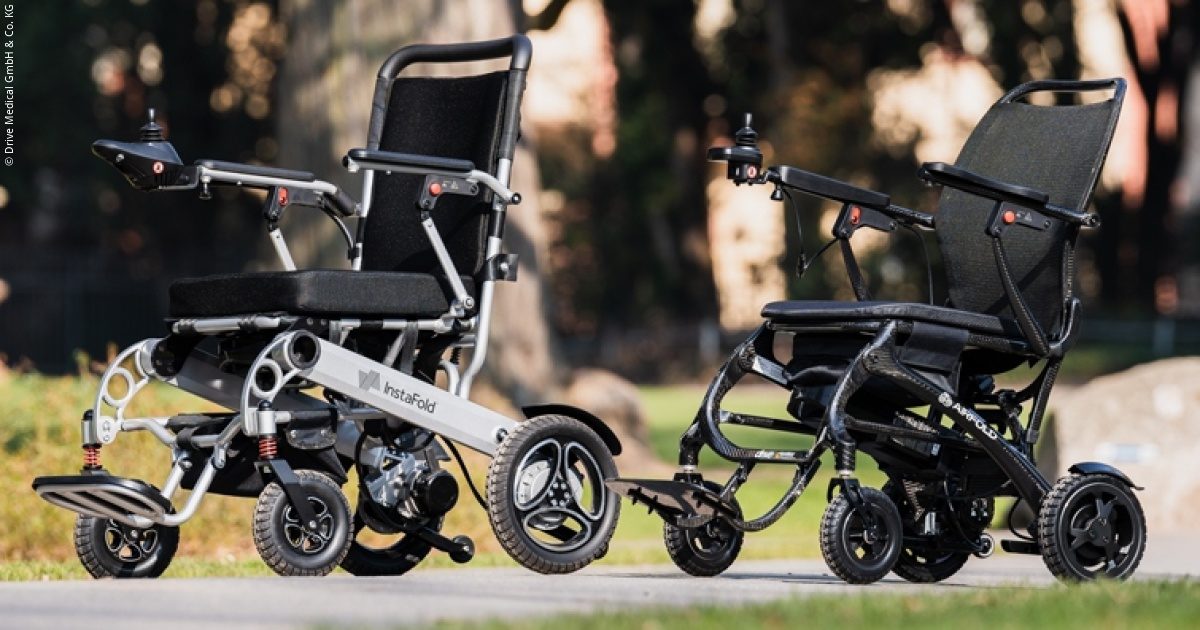How to Choose and Maintain a Swimming Pool Filtration System

Keeping your swimming pool clean, safe, and inviting starts with selecting the right swimming pool filtration system and maintaining it properly. Whether you’re a new pool owner or upgrading your setup, this comprehensive "how-to" guide will walk you through choosing the perfect filtration system and maintaining it for crystal-clear water. We’ll also cover how to find reliable swimming pool equipment suppliers to ensure you get quality products. This 1000+ word blog will equip you with practical steps and insights to make pool maintenance a breeze.
Related: The Ultimate Guide to Landscape Maintenance and Yard Work: Transform Your Outdoor Space
Step 1: Understand Why Filtration Systems Are Essential
A filtration system is the heart of your pool’s maintenance setup. It removes debris, dirt, and microscopic particles, keeping water safe for swimmers and preventing issues like cloudiness or algae growth. The system works by circulating water through a filter that traps impurities, then returning clean water to the pool. Paired with a pump, it ensures continuous water movement to avoid stagnation.
To get started, recognize that a well-chosen filtration system saves time, reduces chemical use, and extends the life of other pool equipment. Let’s explore how to choose the right one.
Step 2: Explore the Types of Filtration Systems
There are three main types of pool filtration systems—sand filters, cartridge filters, and diatomaceous earth (DE) filters—plus a newer hybrid option. Here’s how to evaluate each:
Sand Filters
Sand filters use a tank filled with special pool-grade sand to trap debris, filtering particles as small as 20 microns. They’re budget-friendly and widely used for both above-ground and in-ground pools.
How to Choose:
-
Ideal for budget-conscious owners or pools with moderate debris.
-
Best for pools where water conservation isn’t a priority, as backwashing uses significant water.
Pros:
-
Affordable and durable.
-
Easy to clean via backwashing.
Cons:
-
Less effective for fine particles.
-
Higher water usage during backwashing.
Pro Tip: Enhance filtration with additives like Zeo-Clear or Filter Glass to trap smaller particles.
Cartridge Filters
Cartridge filters use a pleated polyester cartridge to capture particles as small as 10–15 microns. They’re energy-efficient and popular for residential pools.
How to Choose:
-
Perfect for eco-conscious owners who want to conserve water (no backwashing required).
-
Great for pools with moderate to heavy usage needing clearer water.
Pros:
-
Finer filtration than sand filters.
-
Saves water and energy.
Cons:
-
Cartridges need cleaning every few weeks and replacement every 2–3 years.
-
Higher upfront cost.
Diatomaceous Earth (DE) Filters
DE filters use a powder made from fossilized diatoms to trap particles as small as 2–3 microns, delivering superior water clarity. They’re ideal for luxury or commercial pools.
How to Choose:
-
Best for pools requiring pristine water or dealing with fine debris like dust or algae.
-
Suitable for owners willing to invest in maintenance and cost.
Pros:
-
Unmatched filtration quality.
-
Removes microscopic contaminants.
Cons:
-
High maintenance (backwashing and DE powder refills).
-
More expensive.
Hybrid DE/Cartridge Filters
Hybrid filters combine cartridge convenience with DE’s fine filtration (down to 5–10 microns), offering a balance of performance and ease.
How to Choose:
-
Great for owners seeking high filtration with less maintenance than DE filters.
-
Ideal for eco-friendly setups due to minimal water waste.
Pros:
-
Balanced performance and water efficiency.
-
Easier maintenance than DE filters.
Cons:
-
Less common, so availability may be limited.
Step 3: Match the System to Your Pool’s Needs
To choose the right filtration system, consider these factors:
-
Pool Size: Larger pools need filters with higher flow rates (measured in gallons per minute, GPM). In-ground pools often require DE or large sand filters, while above-ground pools may work with cartridge or smaller sand filters.
-
Usage: High-traffic pools (e.g., family or commercial) benefit from DE or hybrid filters, while lightly used pools can use sand or cartridge systems.
-
Maintenance Time: Sand and cartridge filters require less effort than DE filters, which need frequent DE refills and grid cleaning.
-
Budget: Sand filters are the cheapest upfront, followed by cartridge filters. DE and hybrid systems have higher costs.
-
Eco Concerns: Cartridge and hybrid filters save water compared to sand or DE filters.
How to Calculate: Ensure your filter’s flow rate matches your pump’s capacity and pool volume. A pool professional can help size the system correctly to avoid under- or over-filtration.
Step 4: Find Reliable Swimming Pool Equipment Suppliers
Choosing a trusted supplier is as important as selecting the right filter. Here’s how to find one:
Check Product Range
Look for suppliers offering a variety of filtration systems, pumps, and accessories from reputable brands like Pentair, Hayward, Jandy, or Astral Pool. Ensure they carry replacement parts like cartridges, DE powder, or filter media.
Verify Quality
Opt for suppliers stocking durable, industry-leading brands. For example, Hayward offers energy-efficient pumps and filters, while Pentair excels in DE systems.
Evaluate Customer Support
Choose suppliers with strong customer service, including technical support and installation advice. Check reviews on sites like Pool Supplies Canada or The Pool Factory for feedback on responsiveness.
Compare Pricing
Shop around for competitive prices, but prioritize value over the cheapest option. Look for bundle deals or free shipping from retailers like In The Swim or Aqua Pool Supply.
Decide Between Local and Online
Local suppliers offer hands-on support, while online retailers provide convenience and often lower prices. For example, IndiaMART connects you with manufacturers for custom solutions, while Amazon offers global access.
Check Warranties
Ensure the supplier provides warranties and clear return policies. Brands like Zodiac Pool Systems offer robust warranties for peace of mind.
Top Suppliers in 2025:
-
Pentair: High-performance filters, available at Aqua Pool Supply.
-
Hayward: Energy-efficient options at Pool Supplies Canada.
-
The Pool Factory: Affordable above-ground pool systems.
-
Fluid Systems: Indian supplier for custom solutions.
-
DS Water Technology: Budget-friendly equipment from Delhi.
Step 5: Install Your Filtration System
Once you’ve chosen a system and supplier, follow these steps for installation:
-
Consult a Professional: Unless you’re experienced, hire a pool technician to ensure proper setup.
-
Position Correctly: Place the filter and pump on a stable, level surface near the pool for efficient operation.
-
Connect Properly: Ensure all plumbing connections are secure to prevent leaks.
-
Test the System: Run the pump and check for proper water flow and pressure.
Tip: Follow the manufacturer’s manual for specific setup instructions, especially for DE filters requiring initial powder charging.
Step 6: Maintain Your Filtration System
Regular maintenance keeps your system running smoothly. Here’s how to care for each type:
Sand Filters
-
Backwash Regularly: When the pressure gauge rises 8–10 psi above normal, backwash to clear debris.
-
Replace Sand: Change sand every 5–10 years or when filtration weakens.
-
Inspect Valves: Check the multiport valve for leaks or wear.
Cartridge Filters
-
Clean Cartridges: Rinse cartridges every few weeks with a garden hose. Soak in a filter cleaner solution for tough stains.
-
Replace Cartridges: Swap out cartridges every 2–3 years or when damaged.
-
Monitor Pressure: Clean when pressure increases significantly.
DE Filters
-
Backwash and Recharge: Backwash when pressure rises, then add DE powder through the skimmer (follow manufacturer guidelines for quantity).
-
Clean Grids: Disassemble and clean filter grids twice a year.
-
Inspect Components: Check grids for tears or wear.
Hybrid Filters
-
Clean Cartridges: Rinse as needed, similar to cartridge filters.
-
Add DE Sparingly: Use small amounts of DE powder to boost filtration.
-
Replace Cartridges: Swap every 2–3 years, as with standard cartridge filters.
General Tips:
-
Run your pump 8–12 hours daily, depending on pool size and usage.
-
Winterize equipment in cold climates by draining and storing properly.
-
Keep spare parts (e.g., O-rings, cartridges) on hand for quick fixes.
Related: Your Ultimate Guide to Swim Spas: Fitness, Relaxation, and Fun in Your Backyard
Step 7: Stay Updated with Innovations
The pool industry is evolving with eco-friendly and smart solutions. Here’s how to leverage them:
-
Variable-Speed Pumps: Choose Hayward or Pentair pumps to save energy.
-
Automation Systems: Use Zodiac Pool Systems for automated filtration and chemical dosing.
-
Sustainable Media: Opt for Viron Glass Media for recyclable, high-performance filtration.
Conclusion
Choosing and maintaining a swimming pool filtration system is straightforward when you follow these steps: understand your pool’s needs, select the right filter type, find a reliable supplier, install correctly, and maintain diligently. By partnering with trusted swimming pool equipment suppliers like Pentair, Hayward, or The Pool Factory, you’ll ensure quality and support. With proper care, your filtration system will keep your pool sparkling and safe for years.
For more resources, check out suppliers like Pool Supplies Canada or The Pool Factory. Dive in and enjoy your pool!
ADVERTISEMENT





